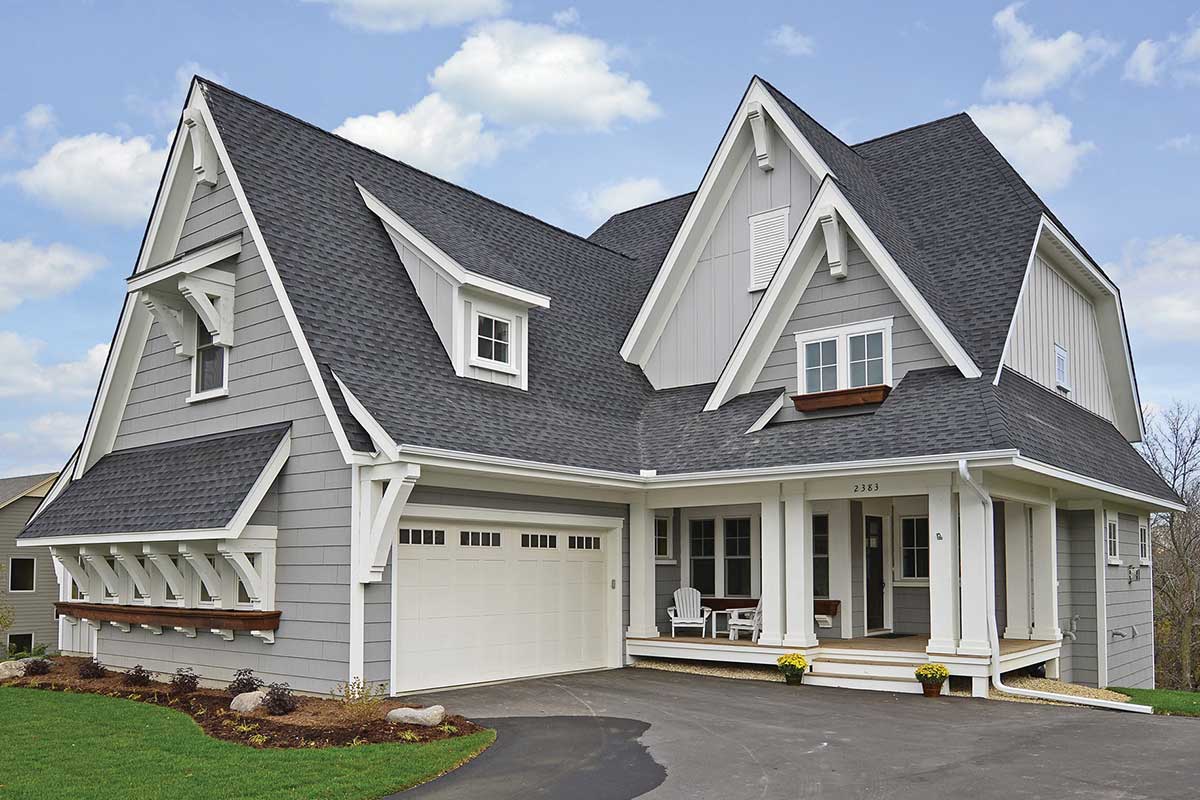

Articles
How To Choose Siding
Modified: January 19, 2024
Looking for articles on how to choose siding? Discover expert tips and advice to make the right decision for your home.
(Many of the links in this article redirect to a specific reviewed product. Your purchase of these products through affiliate links helps to generate commission for Storables.com, at no extra cost. Learn more)
Introduction
Choosing the right siding for your home is an important decision that can greatly impact its overall appearance, energy efficiency, and durability. With a wide range of materials and styles to choose from, it can be overwhelming to navigate through the options. However, by considering a few key factors and doing some research, you can make an informed decision that not only enhances the curb appeal of your home but also provides long-term benefits.
In this article, we will explore the various factors to consider when choosing siding for your home, the different types of siding available, cost considerations, durability and maintenance requirements, energy efficiency, aesthetic appeal, environmental impact, and installation requirements. By the end, you’ll have a comprehensive understanding of what to look for and be better equipped to make a decision that meets both your functional and aesthetic needs.
Let’s dive in and discover how to choose the perfect siding for your home!
Key Takeaways:
- When choosing siding, consider climate, budget, maintenance, aesthetics, longevity, insulation, environmental impact, noise reduction, and fire resistance. Prioritize features that align with your needs and simplify the decision-making process.
- Explore various siding options, such as vinyl, wood, fiber cement, stone veneer, brick, stucco, and metal. Consider cost, maintenance, durability, and aesthetics to make an informed decision that complements your home’s style and architecture.
Read more: How To Choose Siding Color
Factors to Consider
When choosing siding for your home, there are several important factors to consider that will help guide your decision-making process. These factors include:
- Climate: The climate in your area plays a significant role in selecting the right siding material. If you live in an area with extreme temperatures or heavy precipitation, you’ll want to choose a siding that can withstand these conditions.
- Budget: Cost is an important consideration for many homeowners. Determine your budget upfront to help narrow down your options and find siding materials that align with your financial capabilities.
- Maintenance: Consider how much time and effort you’re willing to invest in maintaining your siding. Some materials require regular upkeep, while others are relatively low maintenance.
- Aesthetics: The visual appeal of your home is important, so choose siding that complements the style and architecture of your house. Consider factors such as color, texture, and overall design.
- Longevity: How long do you expect your siding to last? Some materials are more durable and have longer lifespans than others. Balance the cost of the siding with its expected lifespan to make an informed decision.
- Insulation: If energy efficiency is a priority, look for siding materials that offer good insulation properties. This can help regulate the temperature inside your home and reduce energy costs.
- Environmental Impact: Consider the environmental impact of the siding material. Some options are more eco-friendly than others and may contribute to sustainable practices.
- Noise Reduction: If you live in a noisy area, you may want to consider siding materials that offer noise reduction properties, such as insulated siding.
- Fire Resistance: Depending on your location and local building codes, fire-resistant siding may be a consideration for added safety and protection.
By taking these factors into account, you can narrow down your options and prioritize the features that are most important to you. This will help simplify the decision-making process and ensure that you choose a siding material that best meets your needs and preferences.
Types of Siding
There are a wide variety of siding options available, each with its own set of characteristics, advantages, and disadvantages. Understanding the different types of siding will help you make an informed decision. Here are some common types of siding:
- Vinyl Siding: Vinyl siding is one of the most popular choices due to its affordability, low maintenance, and wide range of color options. It is highly durable, resistant to rot and insects, and can withstand harsh weather conditions.
- Wood Siding: Wood siding provides a natural and timeless look. Cedar and redwood are popular choices due to their durability and resistance to rot and insects. However, wood siding requires regular maintenance, including painting or staining and periodic sealing.
- Fiber Cement Siding: Fiber cement siding is a versatile option that offers the appearance of wood siding without the high maintenance. It is resistant to fire, insects, and rot, and comes in a variety of colors and textures.
- Stone Veneer Siding: Stone veneer siding provides a premium and luxurious look to your home. It is made from lightweight materials that mimic the appearance of natural stone, offering durability and low maintenance.
- Brick Siding: Brick siding is known for its durability and longevity. It provides excellent insulation and is resistant to fire and pests. Brick siding requires minimal maintenance but can be more expensive than other options.
- Stucco Siding: Stucco siding offers a unique and textured look to your home. It is durable and can withstand various weather conditions. However, proper installation is crucial to prevent cracking or water damage.
- Metal Siding: Metal siding, such as steel or aluminum, is known for its excellent durability and resistance to fire and pests. It can be painted to achieve different colors and requires minimal maintenance.
Each type of siding has its own pros and cons, so consider factors such as cost, maintenance, durability, and desired aesthetic when making your decision. It’s also important to consult with professionals or contractors to ensure the chosen siding material is suitable for your specific climate and home requirements.
Cost Considerations
When choosing siding for your home, it is important to consider the cost associated with each option. The cost of siding can vary significantly depending on factors such as the material, quality, installation requirements, and the size of your home. Here are some cost considerations to keep in mind:
- Material Cost: Different siding materials have different price points. Vinyl siding is generally the most affordable option, followed by fiber cement and wood siding. Stone veneer and brick siding tend to be more expensive due to the cost of materials.
- Installation Cost: The cost of installation will vary depending on factors such as the complexity of the project, the condition of your existing siding, and the labor rates in your area. It is recommended to obtain multiple quotes from reputable contractors to compare prices.
- Maintenance Cost: Consider the long-term maintenance costs associated with each siding material. Some materials, like vinyl siding, require minimal maintenance and can save you money in the long run. Wood siding, on the other hand, may require regular painting or staining, which can add to the overall cost over time.
- Energy Efficiency: Energy-efficient siding, such as insulated vinyl or fiber cement siding, may have a higher initial cost but can lead to energy savings in the long term. This can help offset the upfront expense by reducing your heating and cooling costs.
- Durability: The durability of the siding material is an important consideration in terms of cost. While some materials may have a higher upfront cost, they also tend to last longer, resulting in lower replacement and repair expenses over time.
It’s important to strike a balance between your budget and the desired quality and longevity of the siding. Consider the upfront costs, long-term maintenance requirements, and potential energy savings to determine the overall cost-effectiveness of each option. Remember that investing in high-quality, durable siding can provide significant returns in terms of longevity and increased resale value.
Durability and Maintenance
Durability and maintenance are key factors to consider when choosing siding for your home. The durability of the siding material will impact its ability to withstand weather conditions, resist damage, and maintain its aesthetic appeal over time. Additionally, understanding the maintenance requirements of each siding option will help you make an informed decision. Here’s what you need to know about durability and maintenance:
Vinyl Siding: Vinyl siding is known for its durability. It is resistant to rot, insects, and moisture damage. Additionally, vinyl siding is relatively low maintenance, requiring only occasional cleaning with mild soap and water. However, extreme temperatures can cause vinyl to expand or contract, potentially leading to cracking or warping.
Wood Siding: Wood siding is visually appealing and can last for many years if properly maintained. Regular maintenance, including painting or staining every few years, is necessary to protect the wood from moisture and prevent rot or decay. Wood siding is susceptible to insect damage, so routine inspections and treatments may be needed.
Fiber Cement Siding: Fiber cement siding is highly durable and resistant to moisture, rot, and insects. It is also fire-resistant, making it a popular choice for areas prone to wildfires. Fiber cement siding requires periodic painting, but it generally has a longer lifespan compared to wood siding.
Brick Siding: Brick siding is known for its durability and low maintenance. It can withstand extreme weather conditions, is resistant to fire and pests, and does not require painting or staining. However, mortar joints may need occasional repointing to maintain the integrity of the brick facade.
Stucco Siding: Stucco siding is durable and can last for many years with proper installation and maintenance. It can withstand extreme temperatures and is resistant to fire. However, stucco can develop cracks over time, which may require repairs and ongoing maintenance to prevent water damage.
Metal Siding: Metal siding, such as steel or aluminum, is highly durable and can withstand harsh weather conditions. It is resistant to pests, moisture, and fire. Metal siding typically requires minimal maintenance, such as occasional cleaning to remove dirt and debris.
When considering durability and maintenance, it’s important to factor in the specific climate of your area. Siding materials that are suitable for one climate may not perform as well in another. It’s always a good idea to consult with professionals or contractors who have experience in your region to ensure you choose a siding material that can withstand the specific challenges of your environment.
When choosing siding, consider the climate of your area. Different materials perform better in certain climates, so it’s important to choose one that can withstand the weather conditions in your region.
Energy Efficiency
Energy efficiency is a significant consideration when choosing siding for your home. The right siding material can help improve the insulation of your home, reduce energy consumption, and ultimately lower your heating and cooling costs. Here are some factors to consider regarding energy efficiency:
Insulated Siding: Insulated siding, such as insulated vinyl or insulated fiber cement, has an extra layer of insulation added to improve the thermal performance of your home. It helps to regulate the temperature inside your home, reducing the need for excessive heating or cooling. Insulated siding can significantly improve energy efficiency and may even qualify for energy efficiency incentives or tax credits.
R-Value: The R-value is a measure of the insulation’s ability to resist heat flow. Higher R-values indicate better insulation properties. When selecting siding, consider materials with higher R-values to enhance energy efficiency.
Sealing and Moisture Barrier: Proper installation of siding with a moisture barrier and effective sealing techniques can prevent air leakage, reducing drafts and heat loss. Ensure that the siding material and installation method you choose provide proper insulation and sealing for optimal energy efficiency.
Reflectivity: Some siding materials, such as light-colored or reflective metal siding, can reflect sunlight rather than absorbing it, helping to keep your home cooler during hot weather. This reduces the need for air conditioning and further enhances energy efficiency.
Ventilation: Proper ventilation of your home is essential for energy efficiency. Consider the siding material’s ability to allow for airflow and ventilation, which can help regulate moisture and prevent issues like mold or rot.
While energy-efficient siding options may have a higher initial cost, the long-term energy savings can offset the upfront investment. Consider factors such as the climate of your area, the orientation of your home, and your heating and cooling needs when selecting siding materials with optimal energy efficiency.
To ensure maximum energy efficiency, it is recommended to consult with professionals or contractors who have experience in energy-efficient construction and can provide guidance on the best siding options for your specific climate and home requirements.
Aesthetic Appeal
The aesthetic appeal of your home is an important aspect to consider when choosing siding. The right siding material can greatly enhance the overall beauty and visual appeal of your property. Here are some factors to consider regarding aesthetic appeal:
Architectural Style: Consider the architectural style of your home when selecting siding. Different siding materials complement different architectural styles. For example, wood siding might suit a rustic or traditional home, while modern homes may benefit from the clean lines of metal or fiber cement siding.
Color and Texture: The color and texture of the siding can significantly impact the visual appearance of your home. Choose colors that complement the overall design and style of your property. Consider textured options, such as cedar shake or stucco, to add depth and visual interest.
Coordinated Design: Coordinate the siding design with other exterior features, such as windows, doors, and roofing materials. Ensure that the siding blends harmoniously with these elements to create a cohesive and visually appealing look.
Contrast and Accents: Consider using contrasting colors or accent features to create visual interest. For example, using a different color or style of siding for architectural accents, such as gables or columns, can add depth and character to your home’s exterior.
Siding Profiles: Different siding profiles or shapes can create unique visual effects. Options like horizontal lap siding, vertical board and batten, or shingle-style siding each offer distinct looks that can complement different architectural styles.
Mock-Up and Samples: Before making a final decision, request mock-ups or samples to visualize how the siding will look on your home. This can help you get a better sense of color, texture, and overall appearance, allowing you to make a more informed choice.
Aesthetics are subjective, so it’s important to choose siding that aligns with your personal taste and the overall style you want to achieve for your home. Take your time to explore various options, consult with design professionals if needed, and consider the opinions of household members or neighbors who can provide valuable insight.
Remember, your home’s exterior is the first impression it gives to visitors and passersby. By selecting siding that enhances its aesthetic appeal, you can create a visually stunning and inviting property that reflects your personal style and pride of ownership.
Environmental Impact
When choosing siding for your home, considering the environmental impact of the materials is becoming increasingly important. Making eco-friendly choices can help reduce your carbon footprint and contribute to a more sustainable future. Here are some factors to consider regarding the environmental impact of siding:
Sustainable Materials: Look for siding materials that are derived from sustainable sources or are made from recycled materials. For example, some manufacturers offer vinyl siding made from recycled PVC or fiber cement siding made from a mix of recycled materials and sustainable components like cement, sand, and cellulose fibers.
Renewability: Consider siding materials that are renewable or have a low environmental impact during production. Wood siding, when sourced from responsibly managed forests, can be a renewable option. However, ensure that the wood is certified by reputable organizations like the Forest Stewardship Council (FSC).
Life Cycle Assessment: Evaluate the life cycle assessment of the siding material. This involves assessing the environmental impacts from raw material extraction, manufacturing, installation, use, and eventual disposal or recycling. Look for materials with lower energy consumption, carbon emissions, and waste generation throughout their life cycle.
Recyclability: Consider how easily the siding material can be recycled at the end of its life. Materials like metal and certain types of plastic can be recycled, reducing waste and the need for new resources.
Durability and Longevity: Opt for siding materials that have a longer lifespan, reducing the frequency of replacements. This is important as the manufacturing and installation of siding can be resource-intensive processes. High-quality, durable siding materials can help minimize environmental impact over time.
Chemical Treatment: Be aware of any chemical treatments or coatings applied to the siding. Some treatments may contain harmful substances that can leach into the environment or impact indoor air quality. Look for products that are free from toxic chemicals and have low volatile organic compound (VOC) emissions.
Local Availability: Consider sourcing siding materials locally to reduce transportation-related carbon emissions. Additionally, using local materials may support the local economy and minimize environmental impacts associated with long-distance shipping.
By considering the environmental impact of siding materials, you can make a conscious decision that aligns with your values and contributes to sustainable practices. Research different manufacturers, certifications, and green building standards to ensure your chosen siding has minimal impact on the environment.
It’s worth noting that while some siding materials may have a lower initial environmental impact, the overall sustainability of your home’s exterior also depends on other factors such as energy efficiency, water management, and landscaping practices. Taking a holistic approach to your home’s sustainability will lead to a more eco-friendly and responsible living space.
Installation Requirements
When choosing siding for your home, it’s important to consider the installation requirements of each material. Proper installation is crucial to ensure the durability, performance, and longevity of your siding. Here are some key installation requirements to keep in mind:
Professional Installation: While some siding materials may be suitable for DIY installation, it is often recommended to hire a professional contractor for the best results. Professional installers have the necessary skills, experience, and tools to ensure a proper and efficient installation.
Preparation: Before installing siding, proper pre-installation preparation is essential. This may include removing existing siding, repairing any underlying structures, and ensuring a clean and level surface for the new siding to be installed on.
Moisture Barrier: Depending on the siding material, it may be necessary to install a moisture barrier or house wrap underneath the siding. This helps prevent moisture intrusion and protects the underlying structure from potential damage.
Flashing: Proper flashing installation is crucial to prevent water infiltration around windows, doors, and other openings. Flashing materials should be compatible with the siding type and properly integrated with the siding installation to ensure a watertight seal.
Ventilation: Siding installation should include proper ventilation measures to allow for airflow and moisture management behind the siding. This helps prevent moisture buildup and promotes a healthy and safe environment in your home.
Sealing and Fastening: Siding should be properly sealed and fastened according to the manufacturer’s recommendations. This ensures a secure and weather-resistant installation. Using the correct fasteners and applying sealants at joints and corners can help prevent water penetration and ensure long-lasting performance.
Expansion and Contraction: Different siding materials have different rates of expansion and contraction due to temperature fluctuations. Installers should account for these factors and allow for proper spacing and movement of the siding to avoid warping or buckling.
Trim and Details: Pay attention to the trim and architectural details surrounding windows, doors, corners, and other areas where siding meets different materials. Proper trim installation provides a finished look, seals gaps, and enhances the overall aesthetic appeal of your home exterior.
Maintenance Guidelines: After installation, follow the manufacturer’s recommended maintenance guidelines to ensure your siding remains in good condition. This may include periodic cleaning, inspections, and any necessary repairs to address issues such as cracks, damaged panels, or loose fasteners.
Keep in mind that installation requirements can vary depending on the specific siding material and manufacturer. It is crucial to consult the manufacturer’s installation guidelines or consult with a professional contractor to ensure the proper installation of your chosen siding material.
By paying attention to installation requirements and hiring qualified professionals, you can ensure a successful installation that guarantees the optimal performance and longevity of your siding.
Read more: How To Choose A Trampoline
Conclusion
Choosing the right siding for your home is a significant decision that impacts its durability, energy efficiency, aesthetic appeal, and environmental impact. By considering various factors such as climate, budget, maintenance requirements, and desired aesthetics, you can make an informed decision that meets your specific needs and preferences.
When evaluating different siding options, take into account the durability and maintenance requirements of each material. Vinyl siding offers affordability and low maintenance, while wood siding provides a natural and timeless look that requires regular upkeep. Fiber cement siding offers a balance between durability and low maintenance, while brick siding provides exceptional longevity.
Energy efficiency is another crucial consideration. Insulated siding can improve your home’s insulation and lower energy consumption, while materials with high R-values and reflective properties can help regulate indoor temperatures and reduce the need for excessive heating and cooling.
Additionally, the aesthetic appeal of your home should not be overlooked. Choose siding materials that complement the architectural style of your home, consider color and texture options, and explore different siding profiles to create a cohesive and visually striking exterior.
It’s also important to be mindful of the environmental impact of your siding choices. Opt for sustainable materials, consider recyclability, and assess the life cycle assessment to minimize your carbon footprint and contribute to a more environmentally friendly home.
Lastly, proper installation is critical to ensure the longevity and performance of your siding. Hire professional installers for the best results, pay attention to preparation, moisture barriers, flashing, ventilation, sealing, and trim details to ensure a watertight and visually appealing installation.
In conclusion, by carefully considering factors such as durability, energy efficiency, aesthetics, environmental impact, and installation requirements, you can choose the perfect siding for your home. Consult with professionals, gather samples or mock-ups, and take the time to fully understand the benefits and considerations of each option. This will result in a home exterior that enhances curb appeal, provides long-term value, and reflects your personal style and values.
Frequently Asked Questions about How To Choose Siding
Was this page helpful?
At Storables.com, we guarantee accurate and reliable information. Our content, validated by Expert Board Contributors, is crafted following stringent Editorial Policies. We're committed to providing you with well-researched, expert-backed insights for all your informational needs.

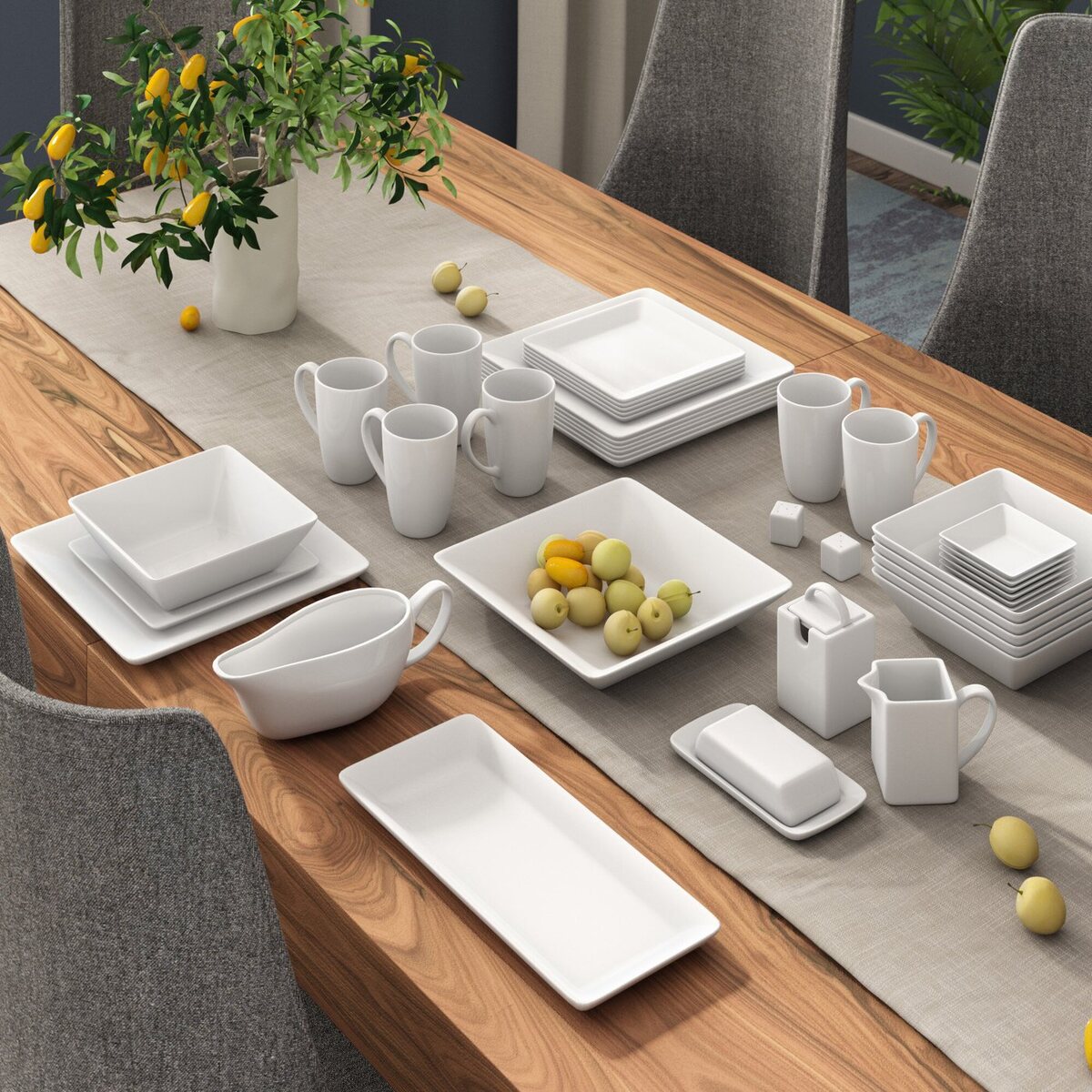
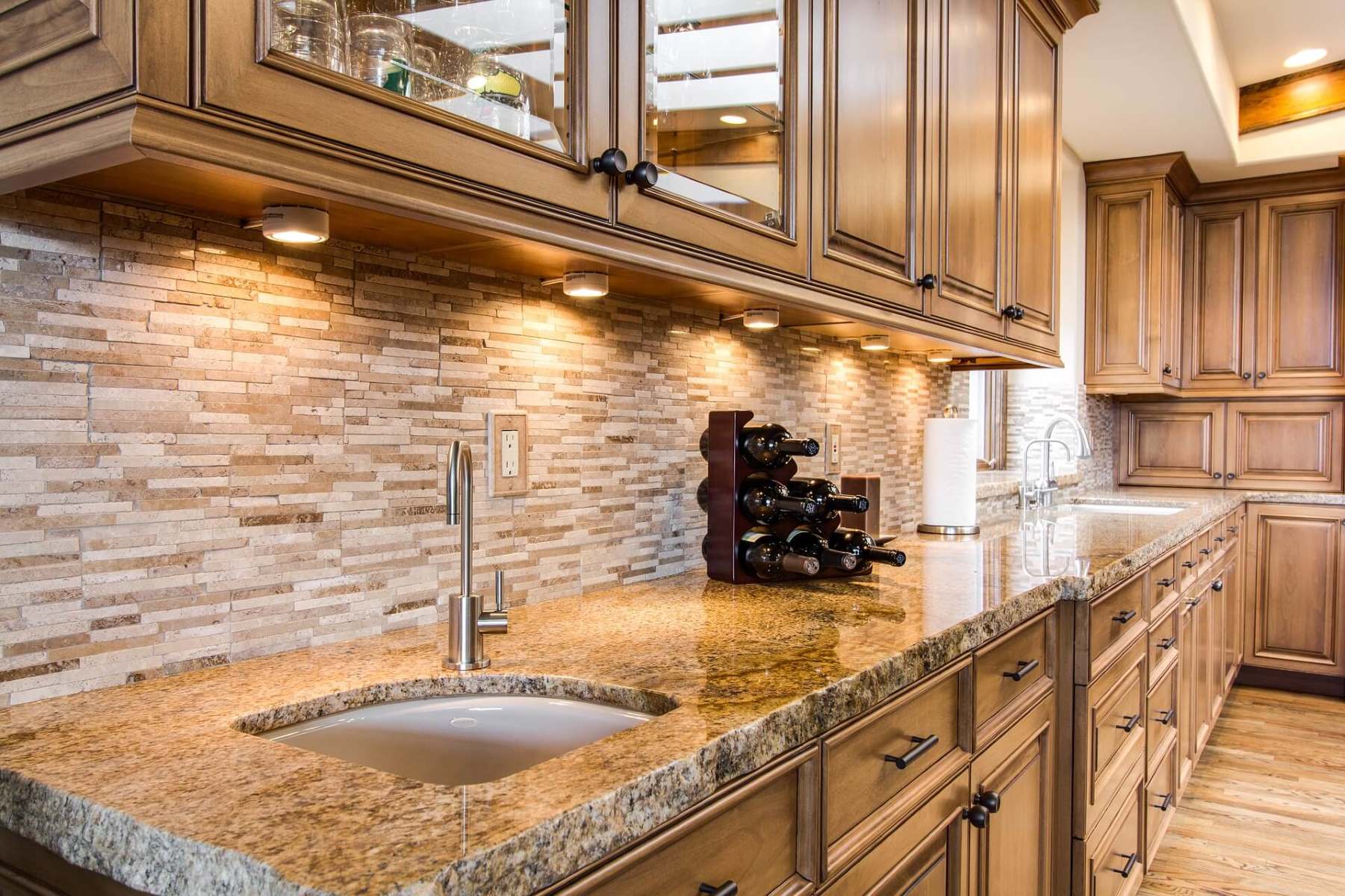
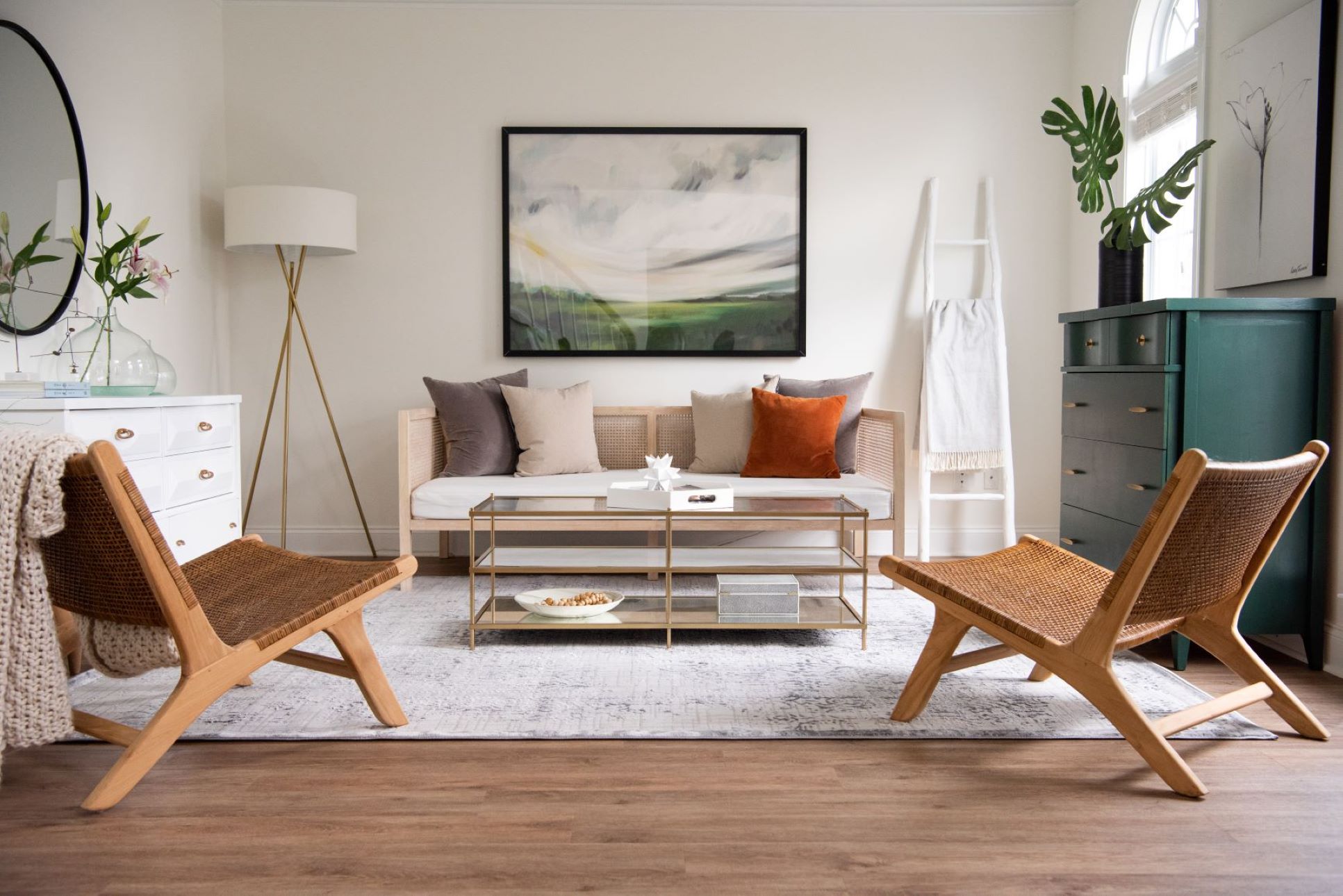
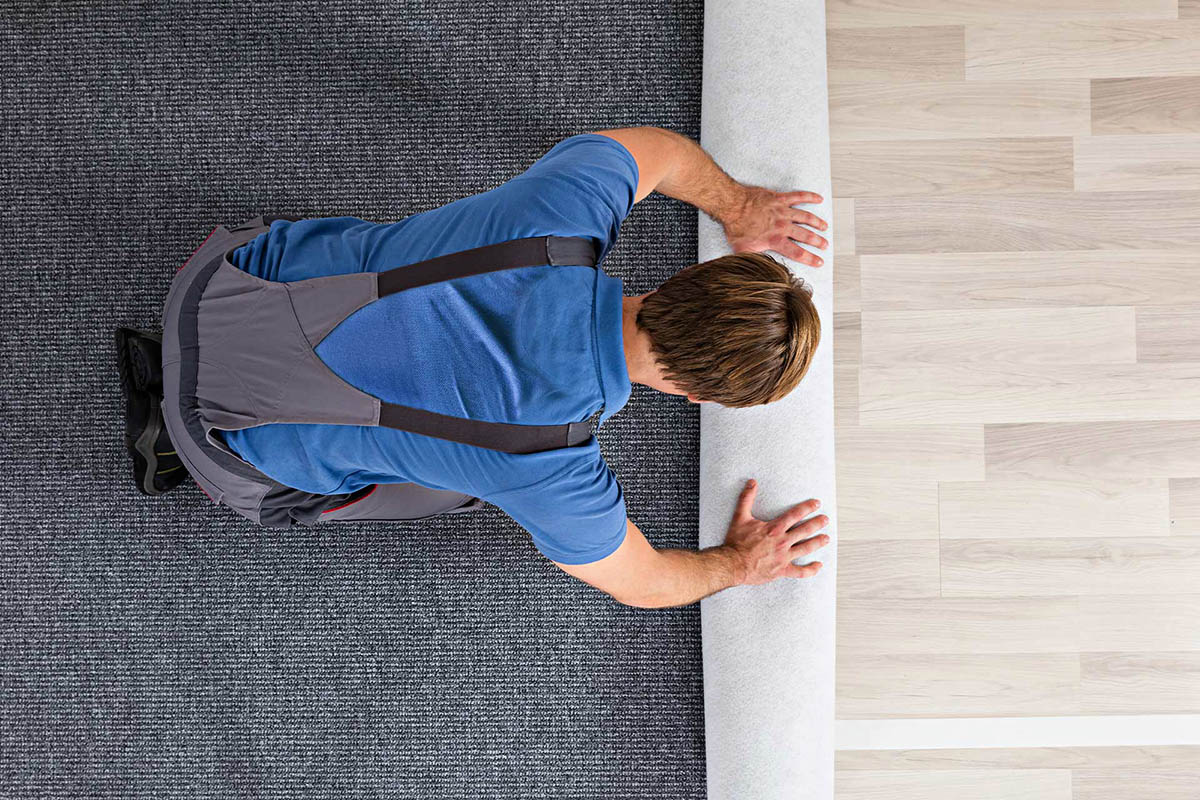
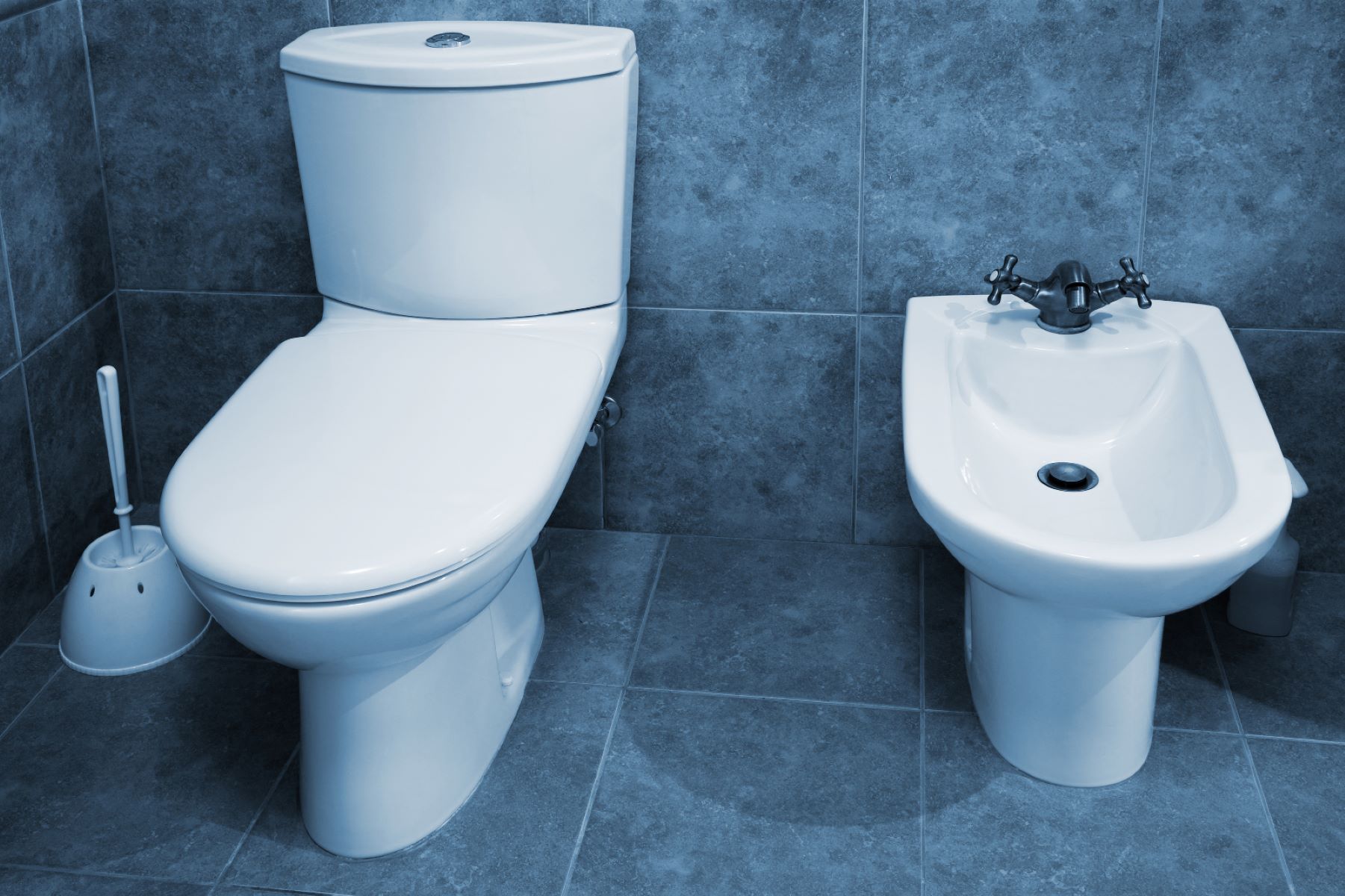
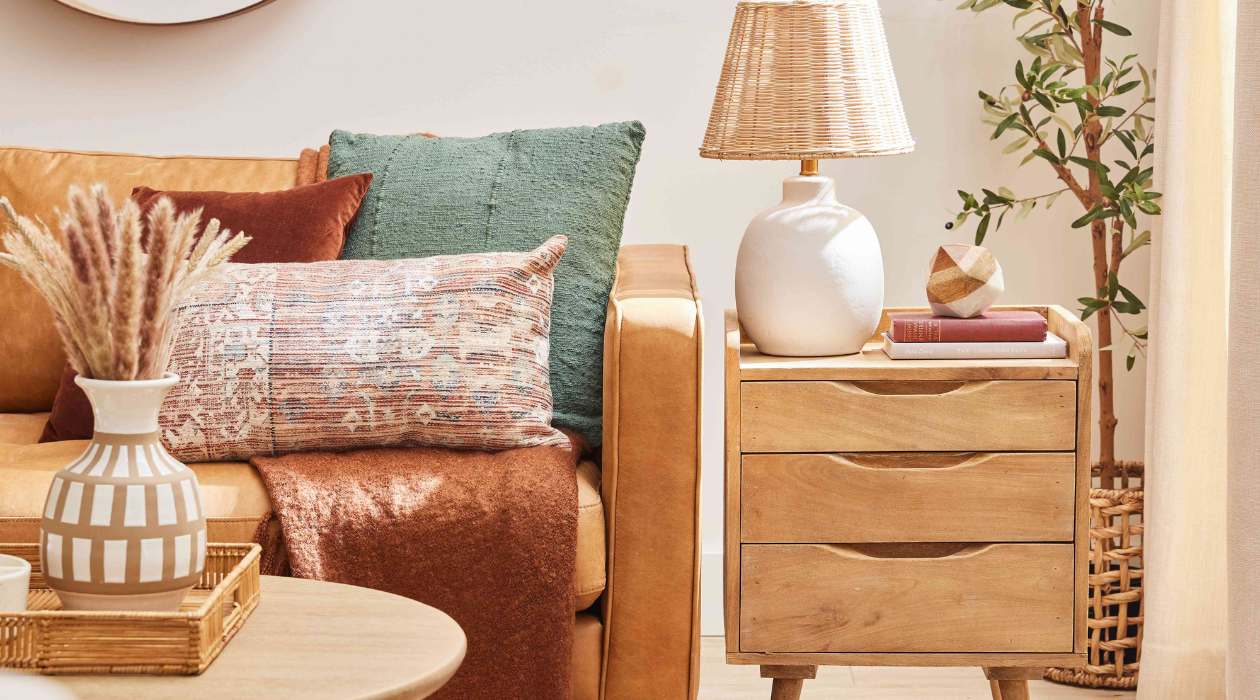



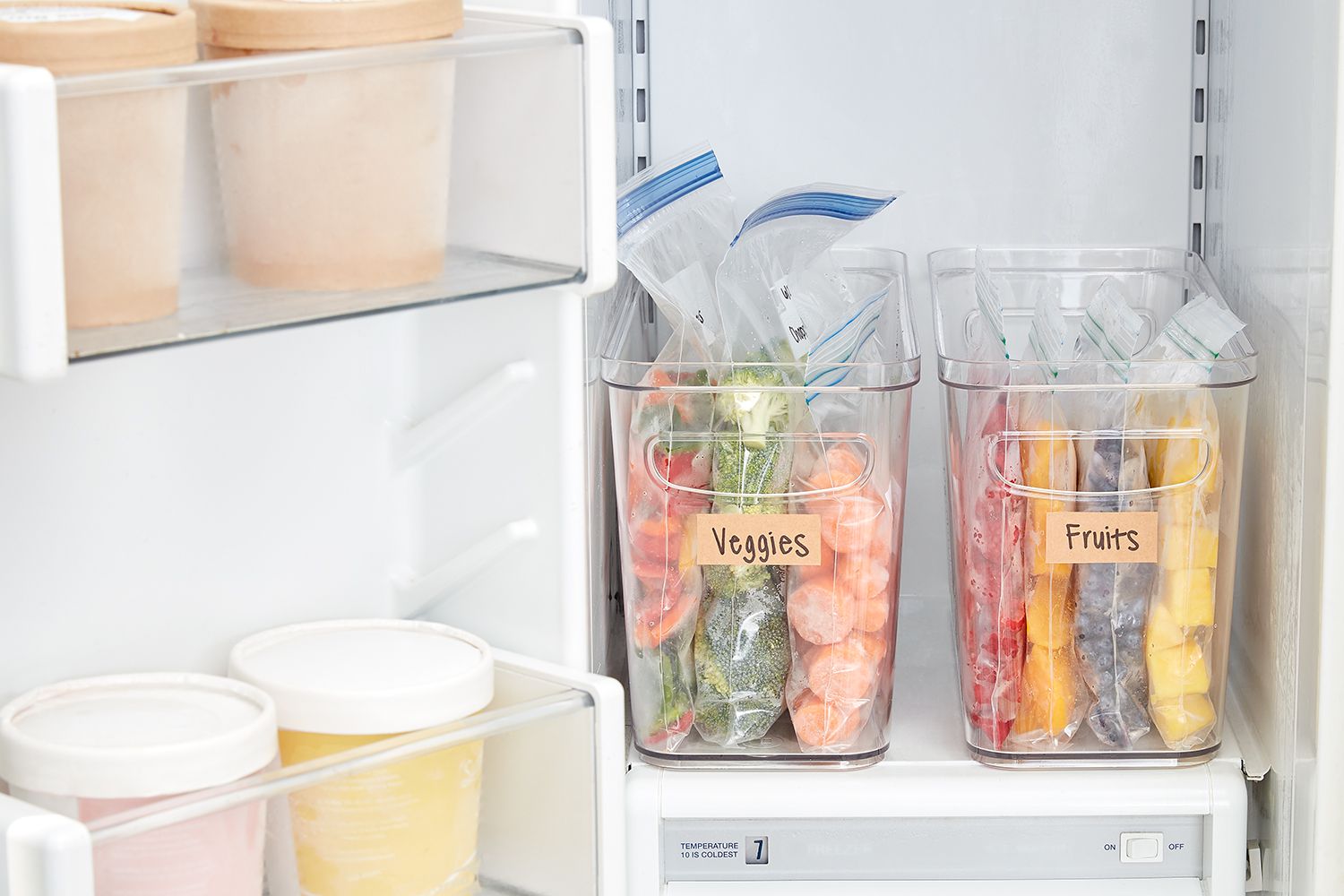
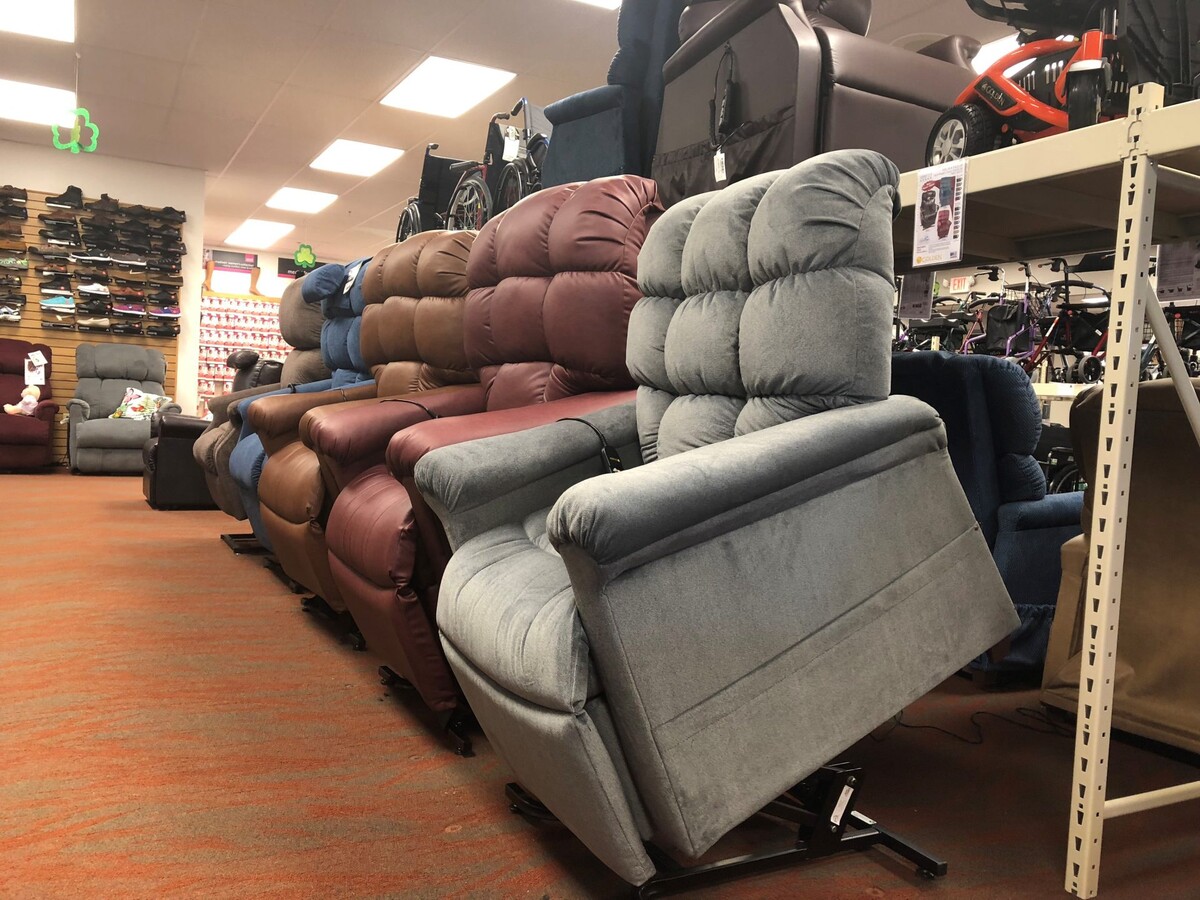


0 thoughts on “How To Choose Siding”